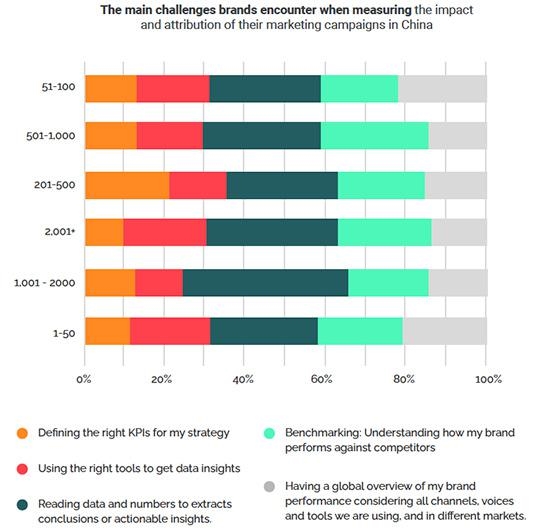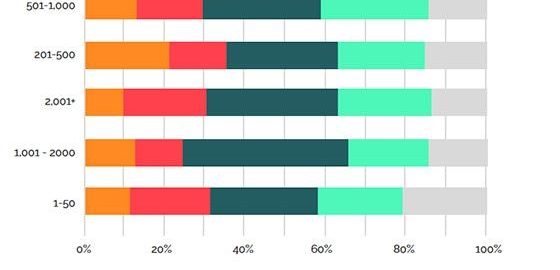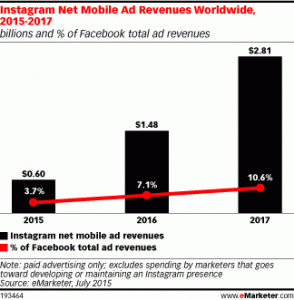Most Marketers Track Brand Performance, But More Than Half Struggle To Identify Data Insights

Beauty, fashion and related industries have been at the forefront of online advertising and ecommerce, suggesting that with this leadership role these companies can identify marketing challenges in other sectors.
Data released Thursday from Publicis Sapient’s report, The State of Measurement 2022, shows that the best performing voice for brands to drive awareness is owned media, 39%, followed by Influencers, 22%.
Influencer Marketing has evolved with new technologies that enable brands to more accurately understand how influencers drive actual sales.
As a result, the focus has shifted from measuring awareness and engagement to measuring consumer conversion.
The report analyzing the shift is based on a survey of 650 professionals in marketing, communications, and public relations in U.S. and Europe, as well as 496 professionals in China. It was fielded between October 13 and November 19, 2021.
The reach and return on influencers remain undisputed, however, marketers need to select the correct tools to analyze the data based on the channel, purpose of tracking, and needs of the team viewing the report. Without the correct tools, marketers can’t produce the correct analysis.
But some marketers believe the tools to identify performance are lacking. Brands identified this as a challenge, with 34% of CMOs and 51% of CTOs saying they believe marketing data is unreliable. Relying on partners to self-report generates an incentive to misrepresent or manipulate performance.
“Digital spend is increasing, but this balance is difficult to find,” Stephen Picard, associate managing director at Publicis Sapient, wrote in an email to Search & Performance Marketing Daily. “We wanted to see how marketers were doing in this world where they have data available and more ways to use their marketing budget.”
The future of measurement has never been so uncertain, as global privacy laws quickly evolve, Picard wrote. Publicis Sapient’s goal with this study is to encourage marketers to ask questions about their marketing and data strategies, so they can proactively build rather than reactively adapt to the world around them.
“Based on our research, over half of marketers struggle to identify insights from their data even though over 90% of marketers are tracking brand performance,” Picard wrote. “These issues will become more challenging as data becomes more restricted.”
Marketers increasingly expect influencers to outline campaign economics, from costs compared with other channels, to the direct impact on sales. Driving awareness and engagement is no longer enough. Publicis Sapient’s data sees this shift with 80% of marketers using economic measures to gauge the efficacy of influencers and only 24% to prioritize reach and views.
Some 51.36% of marketers believe reading data to extract actionable insights is an issue across the board, making it difficult to identify where fashion, beauty, and luxury executives should invest.
The introduction of new technologies such as virtual reality, artificial intelligence, and augmented reality allows brands to present products in new ways, but marketing tools lack the sophistication. Despite the challenges, from large to small companies most use between two and four marketing tools.
“Most surprising was that many of our respondents struggle to use the tools they have to track their brand’s performance,” Picard wrote. “Our research shows most marketers use at least two different marketing tools, with many of our respondents saying they had closer to five to ten different tools in place.
At the same time, more than 40% of our respondents say they rely on brand partners or influencers to self-report data, manually track brand performance using free tools, and have to manually put together an omnichannel view of their data. With tool usage so high, we expected marketers to have more of the process automated.”
Methods used by brands to track Influencer mentions vary. Some 40% of marketers globally count on influencers to self-report their data, 33% use URL tracking tools, 22% use campaign engagement and hashtag, 5% do not track, and 3% rely on third-party tools.
The research shows that 51.36% of marketers consider reading data to extract actionable insights to be an issue. Some 70% of brands say the main challenge is using the correct tools to track social media, while 36% cite using the right tools to get the data, 31% cite defining the right key performance indicators, 31% point to reading data and extracting insights, 23% cite creating a global omnichannel view, and 21% say benchmarking against competitors.
It’s also important to understand changes in the customers’ offline-to-online journey, per the study.
In 2021, 35% of consumers made at least one purchase through social media. By 2025, Publicis Sapient expects a 26% increase in social commerce purchases. Shoppable social activations have become so prominent in fashion that according to the data, Instagram generated $330 million in media impact value (MIV) in luxury B2C in Q4 2021.
Social media is playing a larger role in the lives of consumers, and as a result, a larger role in luxury and fashion commerce.
(24)
Report Post






